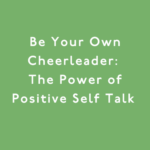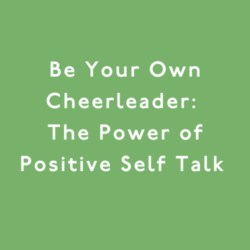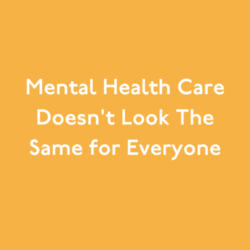Research into Social and Emotional Learning (SEL) continues to show the necessity for widespread implementation.
At this point, the question is less about “why” and more about “how.”

LEARN MORE: The 74 reports on Move This World’s digital tools.
At Move This World, we are rooted in a holistic approach. Through daily rituals practiced with the assistance of videos played in the classroom, we offer students skills to manage difficult emotions with creativity and self expression. When practiced throughout the school, these rituals improve the overall school climate by creating a common language around emotions to open dialogue and decrease misunderstandings in the school community.
By connecting the feelings in our body to the words in our brain, our exercises ingrain emotional intelligence into the students and the culture of the school. Every person in the building becomes equipped with skills to identify and manage difficult emotions, as well as the language to effectively communicate what they are feeling and what they need help with.
Strategies learned through exercises like Positive 5, which re-frames thinking towards a solutions oriented mindset by focusing on our reaction to a problem, create a healthy school culture for self expression and creativity.
This develops collective resilience by cultivating the strength of individuals to set goals, to be positive and optimistic, and to recognize challenges as opportunities for strength, learning, renewal, and transcendence.
When each person is focused on self improvement, is self aware, owns and takes responsibility for their actions, we shift our mindset from a place of deficit to a place of growth.
Fortunately, research into SEL programs is getting more specific–and it’s good news for Move This World.
The University of Texas recently published a study of social and emotional programs, and UT Austin psychology assistant professor David Yeager broke programs down into three models:
“…the skills model, focused on changes made to the individual; the climate model, geared toward improving the emotional environment; and the mindsets model, which addresses the interplay between environments and the beliefs develop and that shape their behavior over time.”
He found that programs that employ aspects of each model are the most effective.
“…programs that affect social-emotional outcomes by creating climates and mindsets that help adolescents cope more successfully with the challenges they encounter, then evidence is not only encouraging but demands urgent action in schools across the country,” said Yaeger.
We’re in.










